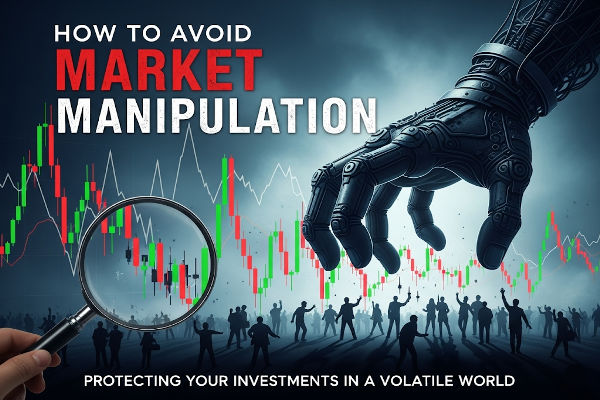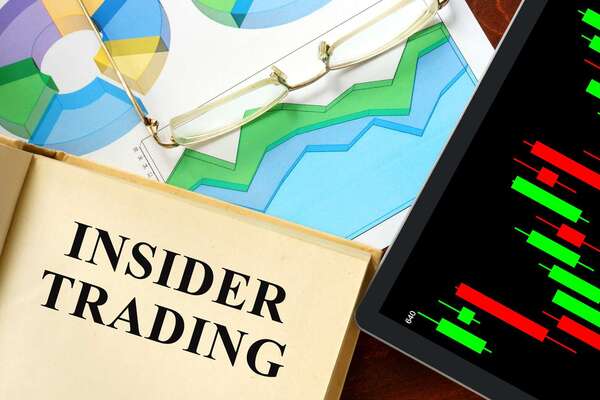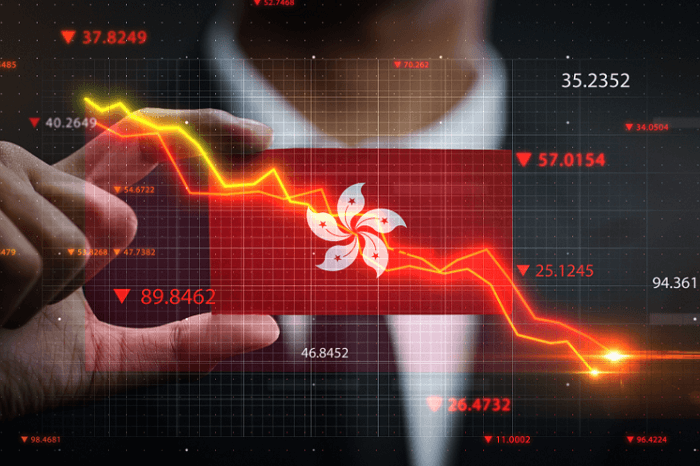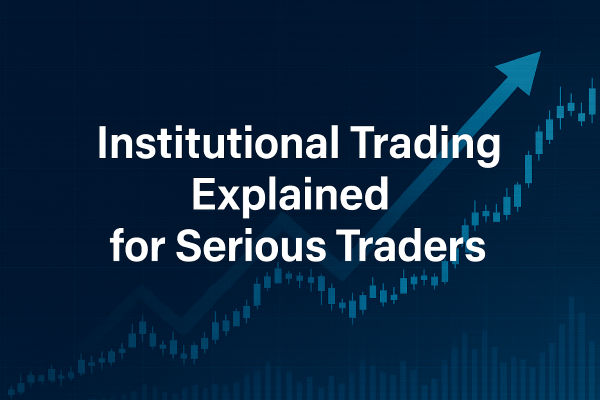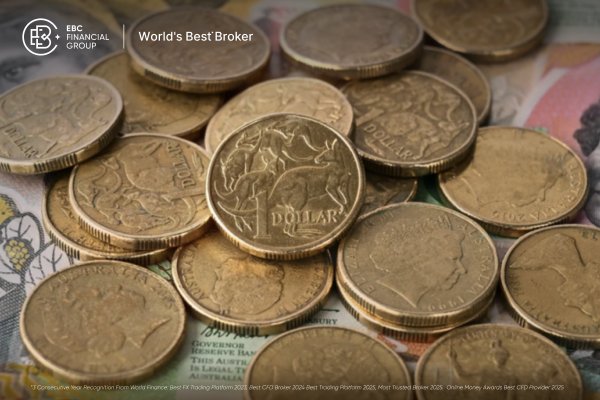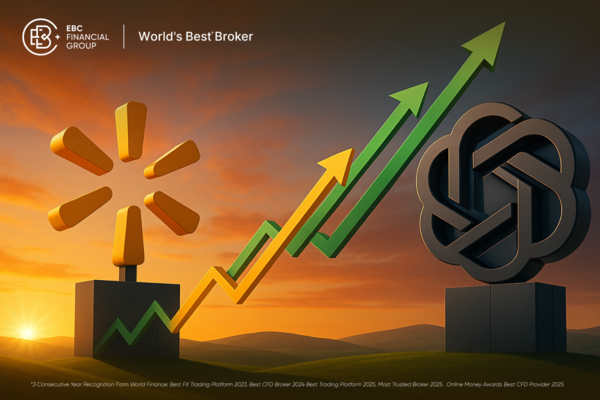For those actively trading in the markets, understanding what constitutes insider trading and whether it is legal or not is essential. While the term often carries negative connotations, not all insider trading is illegal. For traders, recognising the distinction between lawful and unlawful insider activity can help avoid regulatory pitfalls and spot suspicious price movements that may indicate information asymmetry.
What Is Insider Trading?
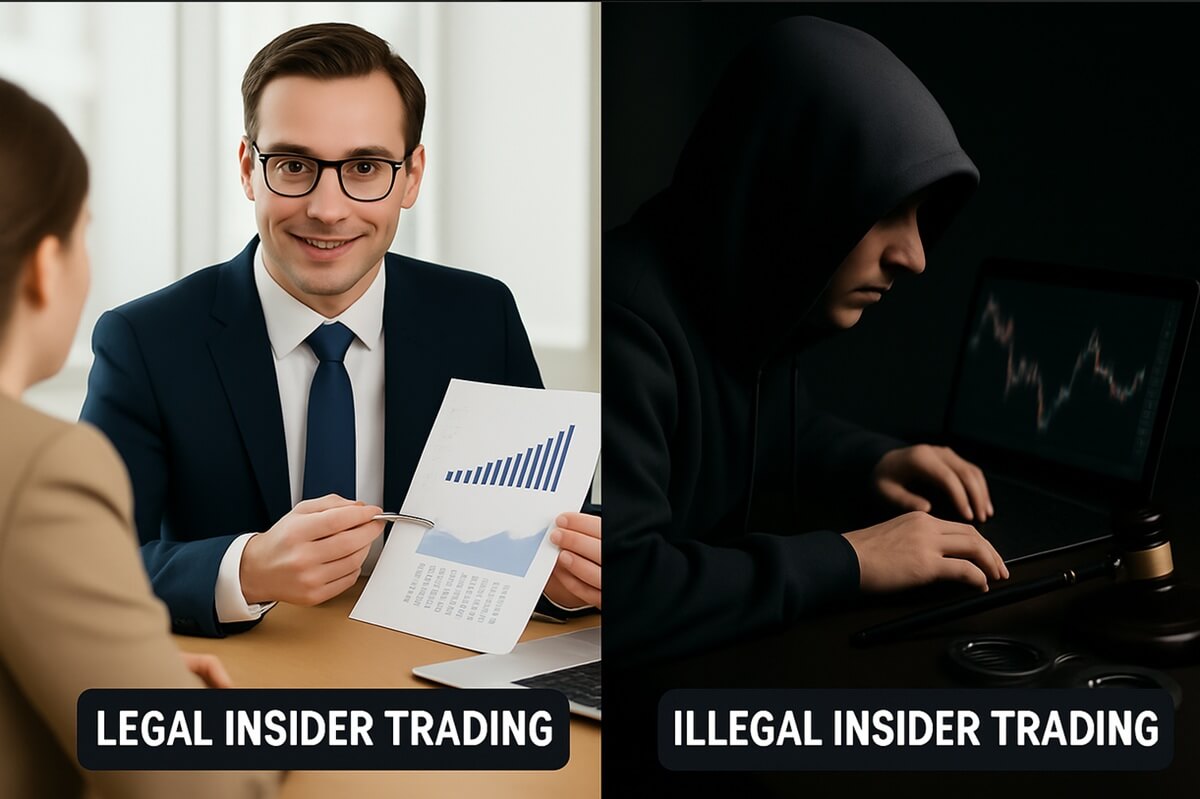
Insider trading refers to the buying or selling of a publicly listed company's shares (or other securities) based on material, non-public information. The "insider" may be a company executive, employee, board member, or anyone who has access to confidential corporate data.
There are two main types:
Legal insider trading, where trades are made in full compliance with disclosure requirements and market regulations.
Illegal insider trading, where trades are executed on the basis of undisclosed material information, providing an unfair advantage over ordinary market participants.
For example, if a CFO knows the company is about to announce a significant profit warning and sells their shares beforehand without disclosing the information publicly, that would be considered illegal insider trading.
When Is Insider Trading Legal?
Legal insider trading occurs regularly and is completely above board. Executives and directors often hold shares in their own company and may buy or sell them for routine reasons—diversification, estate planning, or cash flow purposes.
To ensure transparency, the following must occur:
Trades must be pre-disclosed to the relevant exchange and filed through regulatory channels (such as Form 4 with the SEC in the U.S., or Director Dealings notifications in the UK).
The trading must not be based on unreleased material information.
Many insiders operate under Rule 10b5‑1 plans, which pre-authorise trades at set intervals or under defined conditions, insulating them from accusations of opportunism.
Traders often monitor legal insider transactions as signals. For example, a cluster of director purchases may indicate internal confidence in the company's outlook. Tools like EDGAR or MarketWatch's Insider Activity reports are popular resources.
What Makes Insider Trading Illegal?
Insider trading becomes illegal when someone buys or sells securities based on material information that is not publicly available and was obtained through a breach of duty or unauthorised disclosure.
Key factors that constitute illegal activity:
The information is material – it could affect the stock price significantly once disclosed.
The information is non-public – not yet available to general market participants.
The trade occurs before the information becomes public.
The insider has a duty of confidentiality – such as a company executive, auditor, or consultant.
Or, the information is passed ("tipped") to a third party who then trades on it – both the tipper and tippee may be liable.
For traders, sudden pre-announcement spikes or drops in volume or price may indicate the presence of such illegal activity. The U.S. SEC and UK's FCA monitor for these patterns constantly.
Legal Consequences and Enforcement
The penalties for illegal insider trading are severe and vary across jurisdictions but often include:
Fines: Corporate fines can reach millions; individuals may face six- or seven-figure penalties.
Imprisonment: In the U.S., jail time can extend up to 20 years. In the UK, the maximum is seven years under the Criminal Justice Act 1993.
Disgorgement: Profits gained (or losses avoided) must be repaid.
Bans: Lifetime bans from serving as company directors or working in the financial industry.
Regulatory bodies like the Securities and Exchange Commission (SEC) in the U.S. and the Financial Conduct Authority (FCA) in the UK use a range of tools—such as whistleblower programmes, trade surveillance algorithms, and cooperation with exchanges—to detect and prosecute insider trading.
Traders should be aware that regulators also examine patterns of shadow trading, where individuals use inside information about one company to trade in a correlated company. The recent SEC case involving Incyte and Medivation is an example of how the boundaries are expanding.
High-Profile Illegal Cases
Understanding past cases can help traders spot potential signs of insider abuse in real time. Some landmark examples include:
Yen-Ming Panuwat (2021): Charged in a precedent-setting shadow trading case for trading on insider knowledge about Medivation's upcoming acquisition, profiting via trades in a similar biopharma company, Incyte.
In each case, unusual trading patterns before key announcements triggered investigation. Traders may benefit from watching for anomalous movements that lack news catalysts—particularly in thinly traded stocks.
Final Thoughts
For traders, insider trading is not just a legal concern—it's a lens into market structure, information flow, and behavioural signals. While legal insider activity can offer useful trading cues, illegal activity presents both risks and opportunities: risks of unknowingly acting on tipped information, and opportunities to profit from detecting suspicious movements before regulators catch on.
Ultimately, staying on the right side of compliance while sharpening your ability to read between the lines is what sets sophisticated traders apart.
Disclaimer: This material is for general information purposes only and is not intended as (and should not be considered to be) financial, investment or other advice on which reliance should be placed. No opinion given in the material constitutes a recommendation by EBC or the author that any particular investment, security, transaction or investment strategy is suitable for any specific person.








